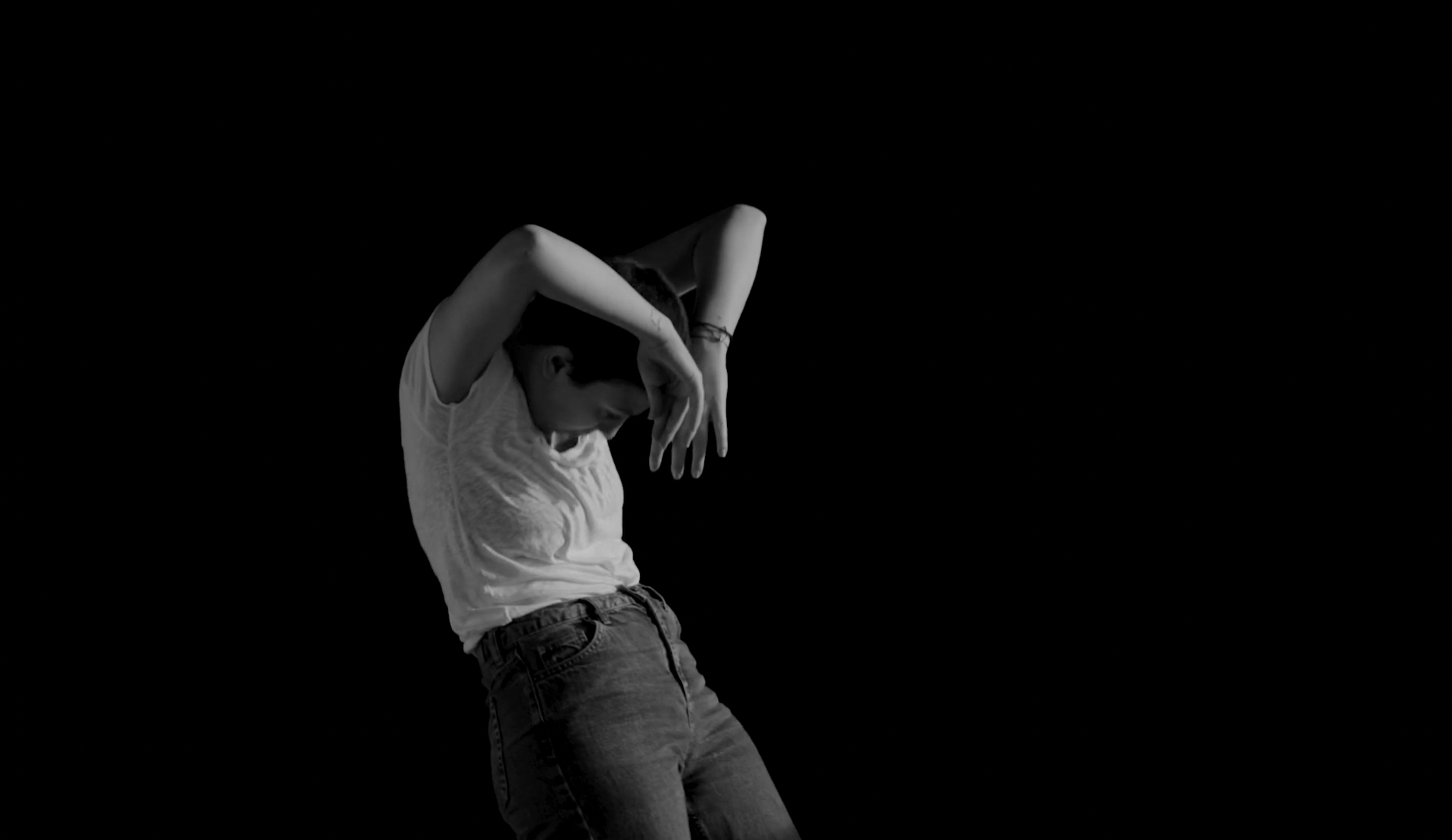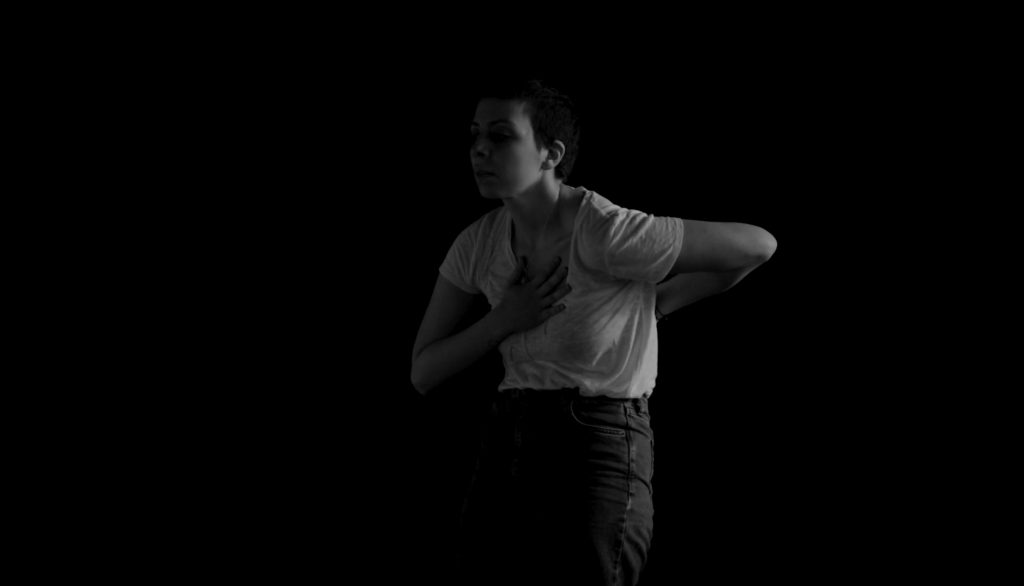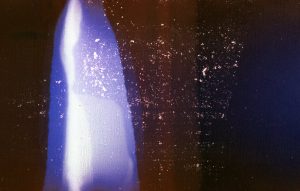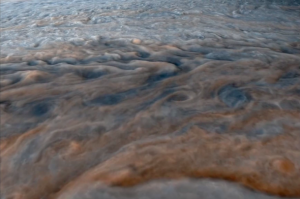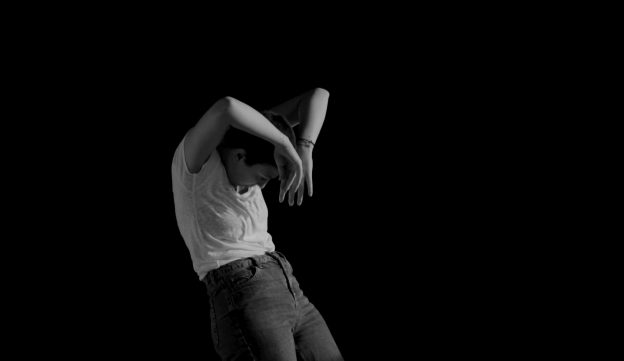
with NON-CONFORMING BODIES
a video by LILIANA ZAHARIA
Abstract: In this experiential, experimental essay, readers are brought into direct engagement with the text and writer, with the creative elements of reading brought into full view. Simultaneously, readers are invited to be fully present in their own bodies and with their own breath. They are asked to relish the tactile as well as the textual as they consider the work of Contact Improvisation.
Contact Improvisation (CI) is an evolving system of movement initiated in 1972 by American choreographer Steve Paxton. The improvised dance form is based on the communication between two moving bodies that are in physical contact and their combined relationship to the physical laws that govern their motion—gravity, momentum, inertia. The body, in order to open to these sensations, learns to release excess muscular tension and abandon a certain quality of willfulness to experience the natural flow of movement. Practice includes rolling, falling, being upside down, following a physical point of contact, supporting, and giving weight to a partner.
– Early definition by Steve Paxton and others1
Dances in this form can occur in one body (referred to as “the stand,” or “small dance”), between two bodies (duets), or among three or more bodies. What follows is meant to function as a duet between myself (the author) and yourself (the reader), in order to explore touch and embodiment both within and without a direct physical experience.
There is more than one way to be in contact.
[Whatever your position, I invite you to enter into this space we hold together. You may observe this piece as a performance, or as an exercise that you are participating in. It may be interesting to try both and see what differences, if any, you experience.]
[We will begin by finding a moment in stillness, using breath as a centering point throughout.]
[Find the breath.]
Touch is a sense and it isn’t just physical. We touch others with our thoughts, words, and deeds.
We act on and are a part of our environment. We are an environment together, and we both condition that environment. We are both a landscape we explore together and a landscape together.
This is an experience.
By observing how we affect the environment, we can notice how we do not have to touch someone for us to feel them.
Contact improvisation offers a way to explore these concepts as both a dance and an embodied cultural practice, because divisions between bodies are less stark (when they don’t dissolve completely). CI engenders a mind-body-spirit practice, because maintaining compartmentalization limits the action; it exercises a muscle that is often underemphasized in Western societies that prioritize mental comprehension above intuitive drives.
Offering a way of harmonizing energy from the physical to the non-physical.
Are we not in contact and improvising all of the time?
We navigate these experiences through listening, both to the present moment and the manner in which our bodies process information. At any given instant, they have access to a million times more bits of information than we are able to consciously be aware of.
By inviting the mental aspect to take a back seat, we allow that intelligence to come through us in other ways.
One way to enter is following the empathetic impulses in the body from witnessing someone else, even if that is in stillness.
We are not trying to do anything, we are simply allowing: observing our body and allowing it to do what it does.
Nancy Stark Smith, a major mover and developer of CI, observed that, “Even in the apparent solidity of stillness, there is nothing but movement and space.” On the subatomic level, electrons move around nuclei. In an energetic universe that is constantly vibrating, stillness is a perception more than an objective fact.
What we see/think/hear/feel is just perception. New ones are already arriving. We do not own or possess them; they happen to us.
[I invite you to release any tension that your body does not need in order to continue doing what you are doing.]
Exploration is our destination, deconstruction as the construction, exploring as creating.
It’s all optional.
We are not doing this to get anywhere. We are exploring what’s there, if there’s even a there there; what’s real or whether that word seems relevant. If I hug myself, I feel I am right here. If I think of myself, right here may seem further away. If I bring my attention to what is happening inside my hands, I notice a rushing. Could it be blood? Or does it feel less contained than my veins?
We are listening as if our whole body were a giant ear.
[Pause.]
[Find the breath.]
What the body presents can show us how we become pulled to enter into an interaction with another (body, object, or experience), through touching and not touching.
In order to realize this, the thing we want to transform may not be the situation we are in, but rather ourselves.
Do we allow ourselves the time to “get into” a space? It may take a while to fully enter, as much as twenty minutes or longer, especially as a group.
I invite you to release expectations.
[Find the breath. Allow yourself a minute to make the inhale/exhale your main point of focus.]
[In all likelihood, you will be aware of other sensations or thoughts: what you will do after this, whether you have an itch or how your clothes feel against the skin, how gravity accentuates where you connect with the ground, or perhaps the thought of something embarrassing that happened earlier. As you maintain the primary focus on your breath, you may notice that these experiences drift into and out of your awareness. With minimal mental response, they are slippery rather than sticky, and move on.]
[Relax.]
Isn’t it interesting when sensation moves from being located in a certain part of the body to when that sensation is felt elsewhere? Far from abnormal, this is a characteristic function of consciousness: it isn’t fixed but rather nomadic, transcending time, place, and occasion.
Space cannot hold everything, and/or that thing cannot be held.
Presence offers a container to observe these phenomena and how they funnel into a direct physical experience.
There is a Shinto concept that informs Aikido (a central inspiration for CI) called naka-ima, meaning “middle present,” which refers to now as the infinite moment at the center of conceivable time. In order to participate directly in the eternal development of the world, it is required to live fully in each present moment, making it as worthy as possible.
Presence allows our body to regulate itself based on current stimuli, making our responses more appropriate for the situation at hand. By centering the physical body and intuitive drives, we create an opportunity to explore different neural pathways.
It feels nice to express without restriction, doesn’t it?
I take all of me with me.
Exploring this accentuates how there is a push/pull between showing up as my full self (expectation) and feeling into my full self (allowing).
I’m noticing where wants come up against needs and how fullness begets space in which to spread out. I am in a kind of duet with myself where I am having to attune to physical and energetic limitations, and whether they are self-imposed or have been developed through experience. There is a vulnerability inherent in being open to listening, yet the very act of listening offers a way to navigate it. I honor that my body knows what it needs at this moment, and extend that out to every other person.
[Pause.]
[Find the breath.]
Physical contact does not have to be maintained 100% of the time; it can traverse away from the body and stay in connection.
You do not have to do what I do. There is space for your interpretation, that is, your observer shaping your reality. Invitation equates to a choice. Perhaps you are moving in your imagination.
When following Steve Paxton’s prompts in the small dance, one imagines—but doesn’t take—a step. First with the right foot, then the left. Right, left, right, left, together. An intriguing phenomena occurs where the body leans forward, as if responding to the inertia of the steps that one didn’t take. In Drafting Interior Techniques he writes, “What gets exercised in there, inside the standing body, is the habit of observation; a noticeable movement of consciousness through the body.” This is much of our focus: what is happening in our bodies when we turn our senses on observing it?
[Pause.]
[Find the breath.]
In a workshop with Slovenian dancer Jurij Konjar during the Oberlin College 2022 winter term, he led us through exercises that were aimed at exploring sensation. We walked, crawled, and rolled through the main space in Warner Gymnasium with eyes closed, being prompted to treat the bodies we encountered as part of the environment rather than our friends and peers. He led us to standing and gave us the following directions:
Feel the space you are in acting on you.
Now switch to feel yourself acting on the space.
We took a beat to switch back and forth from these modes a few times. What I noticed was a telescoping effect, my awareness shifting from internal to external, all the way to the edges of the space.
It’s about the distinction between awareness of us vs. our environment. When we toggle from one to the other, the nuance and location of the sensation becomes wider. There is the beginning of a realization of the space between the physical and non-physical, and how it affects both movement and experience.
[Relax.]
Try to forget your rules. We are not doing this to get anywhere—we are just exploring.
By stepping into new modes of awareness, do we give ourselves a chance to explore different neuronal and behavioral patterns?
[It’s okay to play.]
We do this within what we can handle just for now. Noticing how that takes shape is part of the process. Learning how to honor where we are at finds its way into the conversation.
The only risk arises when we are not fully present, when our awareness has wandered elsewhere (as in, not here).
Even then, noticing these tendencies gives us an out.
Jurij had suggested, “Once we recognize a habit, it becomes a tool.”
[Find your breath.]
[Pour your awareness back into your body, starting with where it meets the ground.]
[Take a break.]
1 from Contact Quarterly, Vol. 5:1, Fall 1979
Special thanks to: the students and residents of the Oberlin College 2022 Contact Improvisation winter term; Steve Paxton, Ann Cooper Albright, and Jurij Konjar; Cara Graniger and her DanceAbility class; Logan Square Aikido in Chicago; Anne Marie Wirth Cauchon and David Peterka at Stillpoint Magazine.
Bigé Romain, and Alice Godfroy. “The Tactile in-Betweens of Contact Improvisation.” Steve Paxton: Drafting Interior Techniques, Culturgest, Lisboa, 2019, pp. 70–80.
Hirai, Naofusa. “Shintō.” Encyclopedia Britannica, 10 Nov. 2020, https://www.britannica.com/topic/Shinto.
Nørretranders, Tor. The User Illusion: Cutting Consciousness Down to Size. Translated by Jonathan Sydenham, Penguin, 1999.
Paxton, Steve. “Drafting Interior Techniques.” Contact Quarterly, vol. 18, no. 1, 1993, pp. 61–66.
“The Small Dance / Stand (Audio) Steve Paxton.” The Small Dance Stand Audio, Contact Quarterly, 23 Apr. 2020, https://contactquarterly.com/cq/rolling-edition/view/the-small-dance-stand-audio#$.
NON-CONFORMING BODIES
Non-Conforming Bodies examines representations of chronic pain through visual imagery, informed by the artist’s own experience. It is comprised of photographs, videos, and sound design. The work investigates the collective experience and how biological, psychological, and societal elements intersect and influence our understanding of pain. The participants reinterpret long-term physical pain through improvised performances based on somatic movements. Body movements and postures work as a way to explore, re-imagine and visualize physical and mental manifestations that are often invisible. Through a performative practice, the series aims to re-think the concept of chronic pain and open up channels for empathy.
– Liliana Zaharia
LISA CLAIRE GREEN writer
Lisa Claire Greene (b. 1993) is an interdisciplinary artist whose work explores the nature of energy, especially how it manifests through the body. Their practice is research-based, and how that unfolds dictates the shape of the work they create. They are currently engaged in physical practice in order to develop a framework for anyone to integrate their energetic body through the awareness of their physical one. Originally from Seattle and living in Chicago, they are a white queer femme, able-bodied with natural hair and visible tattoos.
LILIANA ZAHARIA artist
Liliana Zaharia is a multi-media artist with an MA in Photography from London College of Communication. She is interested in themes of identity, societal structures, and health. Often at the border between documentary and fiction, she uses photography as the primary medium in her work whilst exploring video, text, or performance according to the project. She works on long-term projects where she develops strong relationships with her participants, which often extend to collaborations and inclusive participation.
Recent works explore the representation of chronic pain through fictive constructions of body posturing and gestures, which are informed by research into the history of art and representation of physical pain.
NON-CONFORMING BODIES: Sound design: Razvan Hogea. Performer: Konstantina Katsikari.
© Copyright for all texts published in Stillpoint Magazine are held by the authors thereof, and for all visual artworks by the visual artists thereof, effective from the year of publication. Stillpoint Magazine holds copyright to all additional images, branding, design and supplementary texts across stillpointmag.org as well as in additional social media profiles, digital platforms and print materials. All rights reserved.
